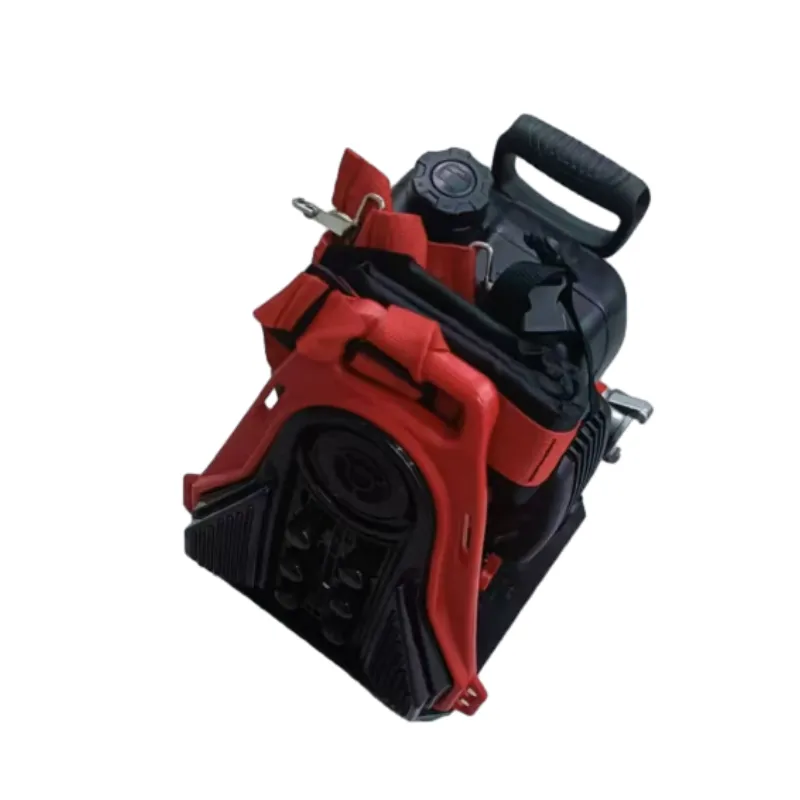

Personal protective equipment (PPE) cannot be overlooked in its significance. Fire-resistant clothing, helmets, gloves, and boots are vital for safeguarding firefighters in environments engulfed by intense heat and smoke. These garments are crafted from advanced materials like Nomex, renowned for its flame resistance and durability. Such protective gear not only shields firefighters from physical harm but also enhances their confidence and efficiency in perilous conditions. Hand tools like shovels and rakes complement the power and precision of mechanical tools, offering simplicity and reliability when technology falters. Built from specially tempered steel, these hand tools are designed to endure extreme stress and environmental conditions. Their straightforward design allows for easy maintenance and continuous usability in the harshest of scenarios. Additionally, the use of Global Positioning System (GPS) devices has transformed the strategic approach to wildfire management. These devices grant firefighters real-time data on their location and the impacted area's topography, facilitating rapid decision-making and coordination in unpredictable circumstances. In tandem with aerial support — such as drones and helicopters — GPS technology aids in mapping fire progression and identifying the best approach to containment. Wildland firefighting demands a unique set of tools honed not just by engineering but by decades of field experience. The continuous evolution and adaptation of these tools underscore their critical role in protecting both natural landscapes and human communities from the ravages of fire. Firefighters rely on these tools' precision and durability, trusting them as lifelines in the face of nature's fury. As technology advances, so too will the tools of wildland firefighting, ever enhancing the capabilities of those who wield them in the ongoing battle against wildfires.




























